
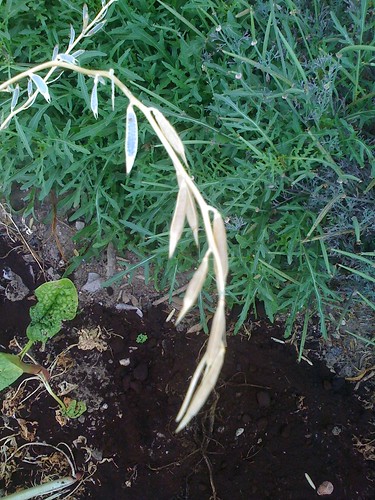
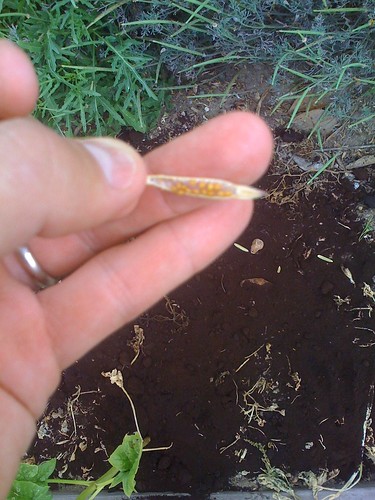
Adventures in kitchen gardening in the front yard.





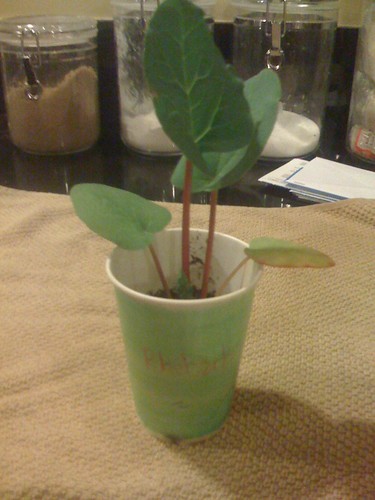
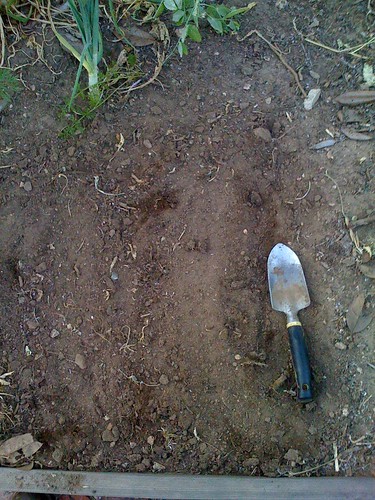
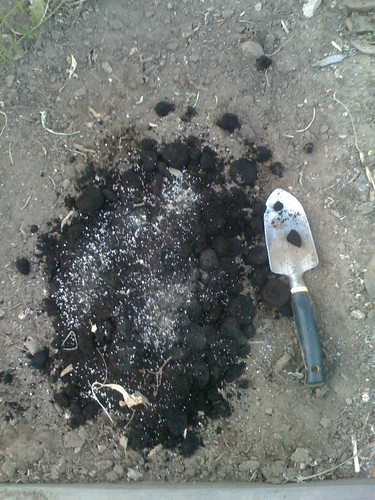
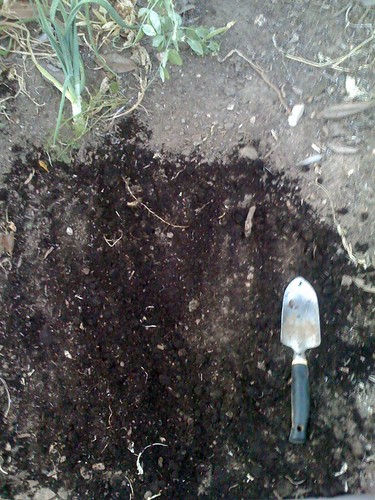


"Take care of your soil, and your soil will take care of you"
-some smart guy







 I love this last little picture, because it captures what I have striven for in my garden and the garden at my daughter's elementary school. Grow things that are visceral: good taste, good smell and visually appealing, because that is what gets embedded in a kid's mind and becomes the memory and guidepost for the adult in later years.
I love this last little picture, because it captures what I have striven for in my garden and the garden at my daughter's elementary school. Grow things that are visceral: good taste, good smell and visually appealing, because that is what gets embedded in a kid's mind and becomes the memory and guidepost for the adult in later years.Thursday, April 9: The First Lady will host an event in the White House Kitchen Garden on the South Lawn of the White House to plant the garden. She will be joined by Agriculture Secretary Tom Vilsack and students from Bancroft Elementary, the school that participated in the groundbreaking of the Garden on March 20th. Students from the school will return later this year for harvesting and cooking with the food grown.

do you think Pill Bugs are bad for the garden. I have quite a few; found this snippet on internet and wondered if you agreed:
Pill bugs (or roly poly's as I have always called them) feed primarily on decaying matter. I have observed them in my garden for long periods of time, and done a little research, just to figure out what they are doing (I obviously have no life (but am afterall, a geeky scientist)). In my garden, they are certainly prolific, but appear to chow down on the remnants of my compost pile that hadn't completely broken down. These observations have put my mind at rest, and confirmed that these crustaceans are actually beneficial to the health of my garden. However, I might also point out that my small garden consists only of peppers, corn, cucumbers, tomatoes, and lettuce--that is to say, they may have an appetite for other plant varieties and thus could potentially wipe out a garden of other plant species (although I think this is rare and unlikely). Most crustaceans in this world (be them terrestrial or aquatic) are primarily scavengers--they are the "garbage men" of the microcosmic insect world. They eat fungus, molds, and other dead things and play a beneficial role in the cycle of nutrients. If you have vegetative plants that are dying, it is likely the cause of some other perpetrator--likely one that you cannot see with the bare eye. Roly-poly's in your garden, in my opinion, are a sign of a healthy nutrient exchange. Look in to other likely pests such as aphids, parasites, or even vegetative diseases.
